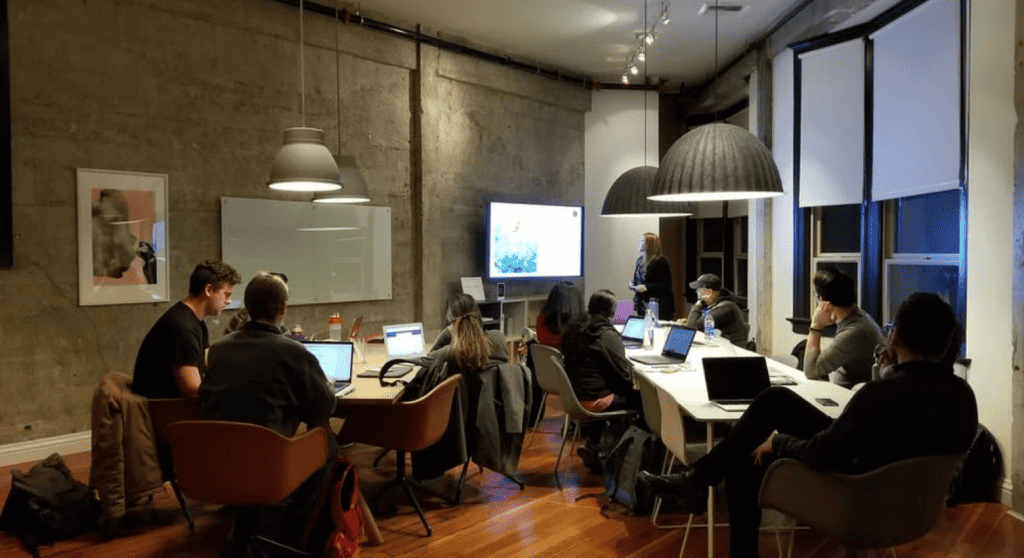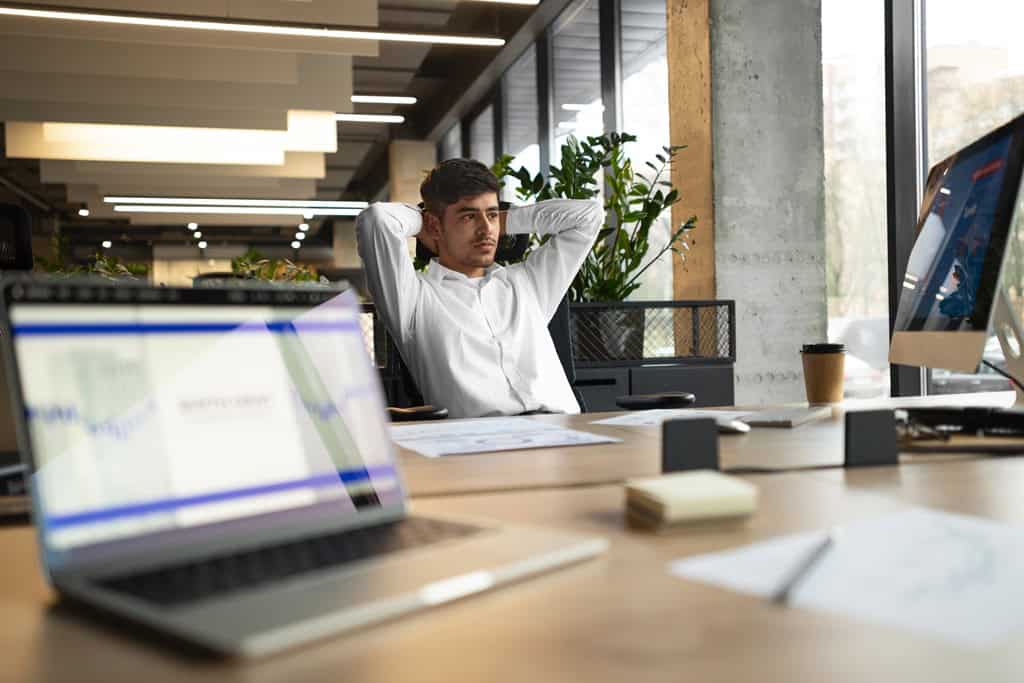Post-Pandemic Workspace Design – While the push and pull between companies looking to get employees back on-premise, and the latter looking for hybrid options continues, the jury is out on conventional workspaces. They won’t cut it in the post-pandemic world. According to a Gartner survey, as many as 52% of employees say flexible work policies are now deal-makers. Organizations are left with no choice but to adapt to agile workspaces and meet employees halfway.
How do Organizations Stay Nimble in These Uncertain Times

1. Anti-infection Design is Where the Rubber Hits the Road
Right off the bat, existing design theories such as “breath barriers” — larger workstations (usually 8’ x 8’) with taller Plexi-Glass dividers — stand out as obvious solutions. Given the census of people unwilling to return to work on an everyday basis, creating more spacious environments with breath barriers shouldn’t be as daunting.

Another possible solution, that many believe to be essential even before the pandemic, is touchless technology. Onboarding coffee makers, elevators, doors, and other “touchpoints” that don’t require the human touch is another smart way to tackle infection spread. And it never hurts to add a few sanitization stations and mask dispensers to create a vibe of security, and also encourage caution.
2. Going Modular for Agility
The unpredictability of the pandemic, which seems to be the norm, begs to question the place of rigidity in workspaces. The prudence of modern workspace design stands out, not just in the present air of uncertainty, but also for the future where hybrid work seems to be an inevitability.

Whether it’s physical elements such as partition walls, seating, and tables, or technological infrastructure; mobility, multifunctionality, interchangeability, and flexibility are key attributes that make modular solutions tick.
2. To allay the COVID mind
Beyond brain fog, fatigue, and lethargy (typically attributed to the COVID brain), it is equally critical to allay the COVID mind, ridden by anxiety, stress, unrest, and grief. This is where the “vibe” is absolutely critical. Choice of colors that feel like home, a biophilic office interior design that creates a sensation of being in the midst of nature, auditory or olfactory elements — sights and scents that calm the mind, breakout areas, leisure rooms, workout spaces, yoga rooms; these are all critical elements that can make workspaces feel safe and welcoming.

Distance markers, safety protocol, and reminder emails; are all well and good if you’re looking to instruct behavior. But this is where good design practices should prevail in post-pandemic workspaces, where COVID-appropriate behavior and employee wellbeing (mental and physical) will be driven by design and not instruction.





